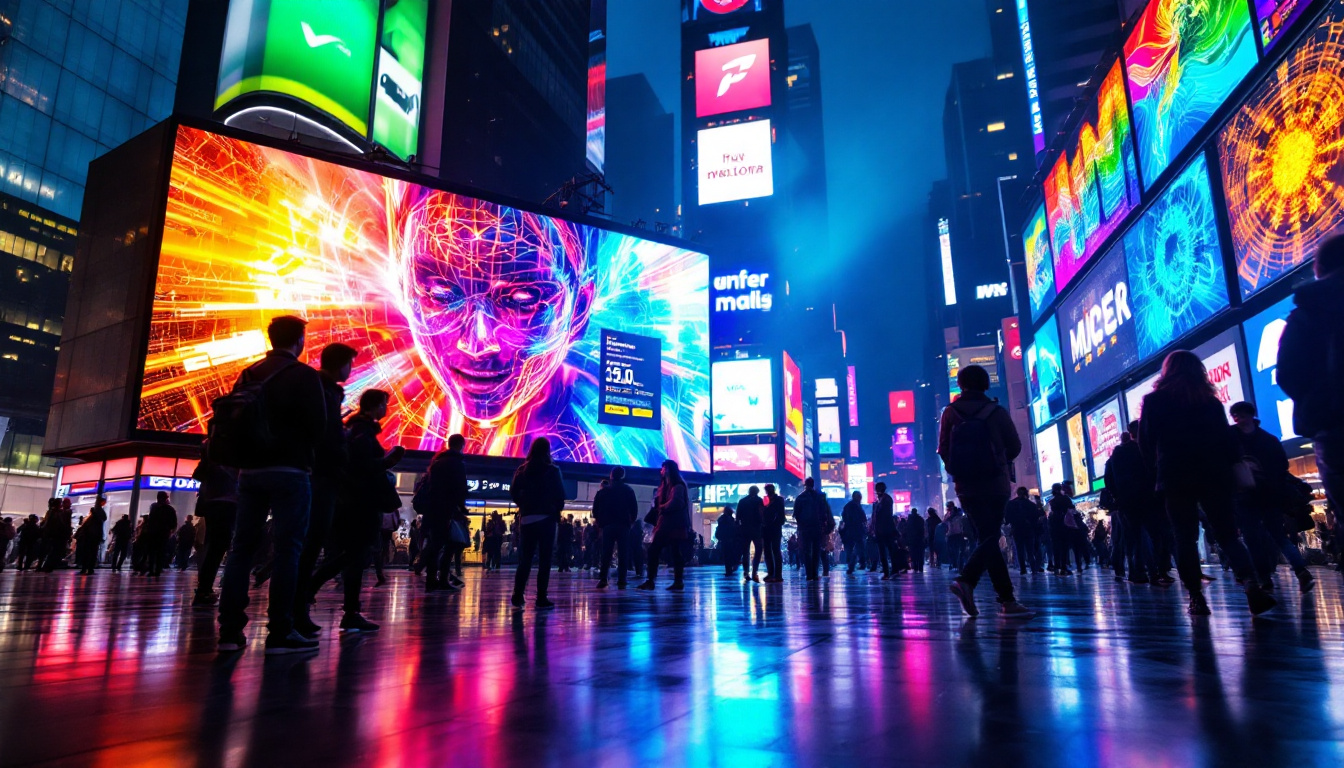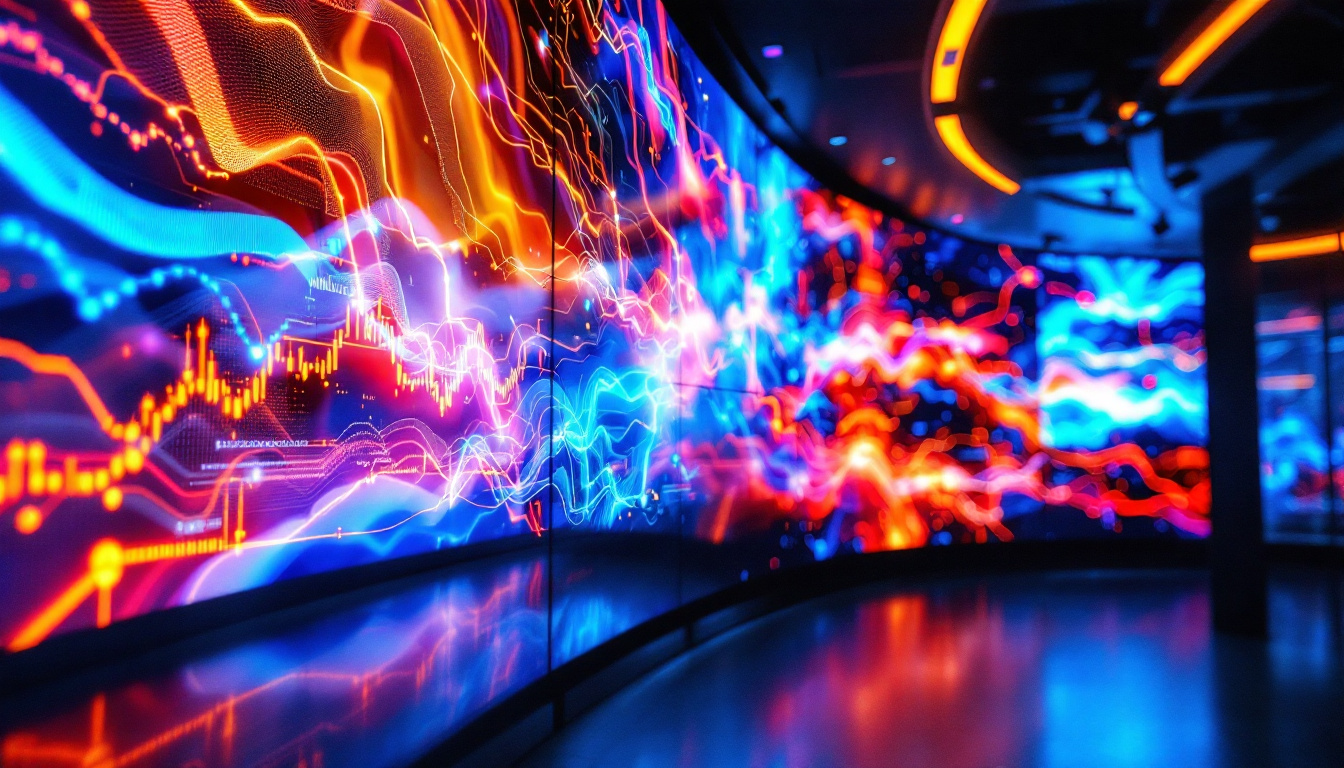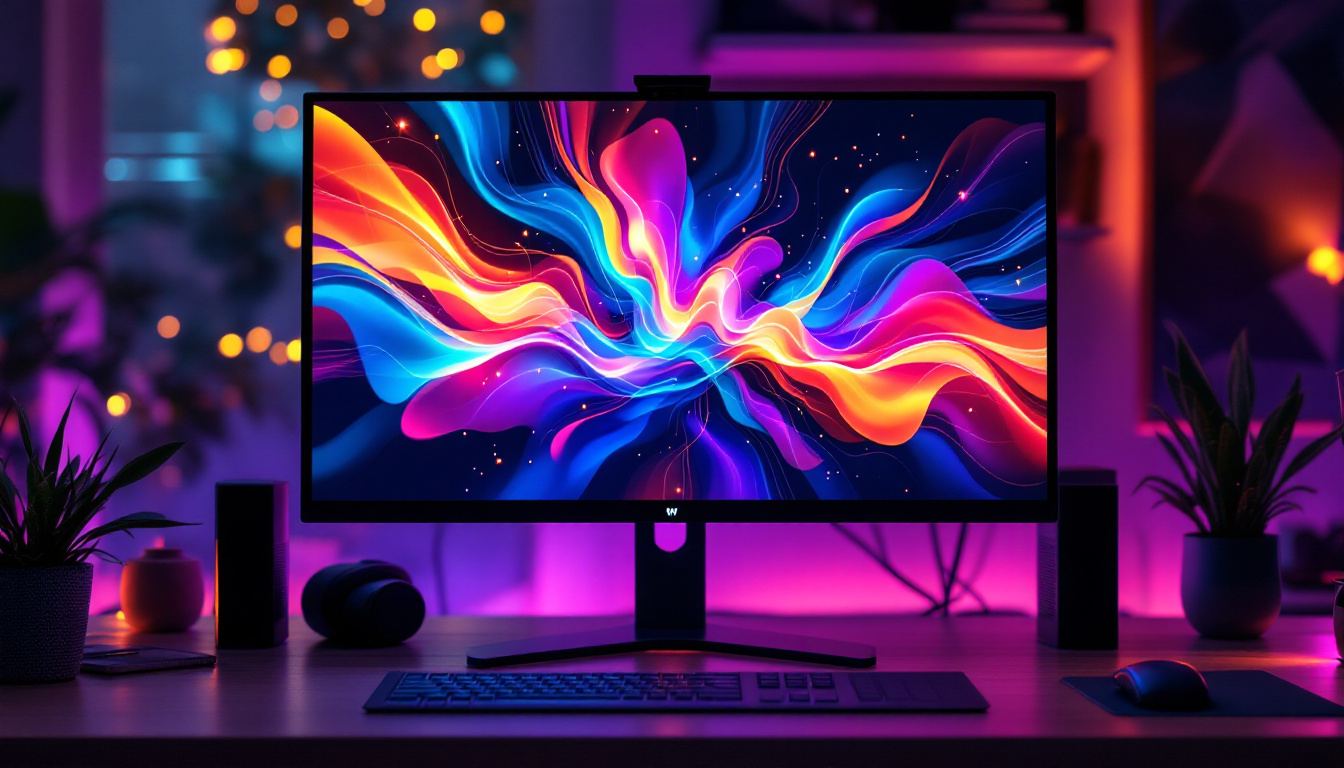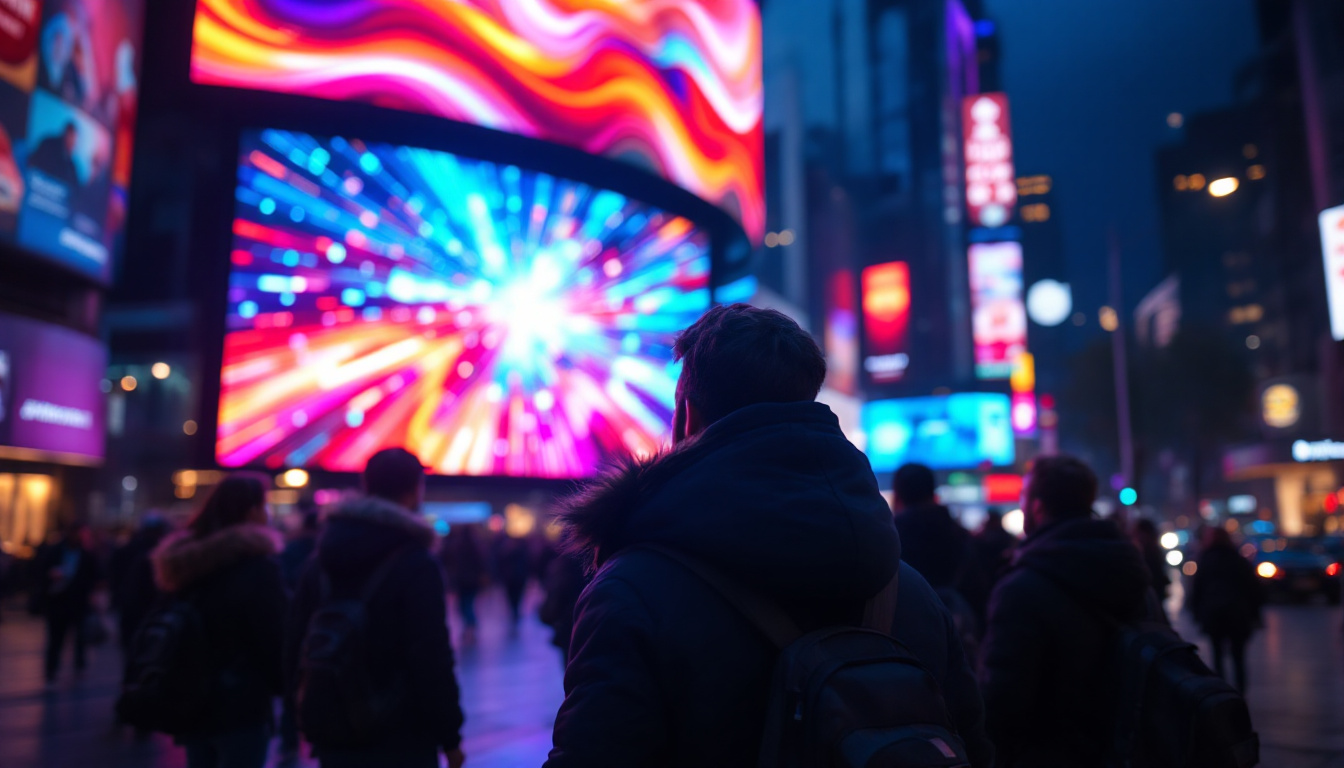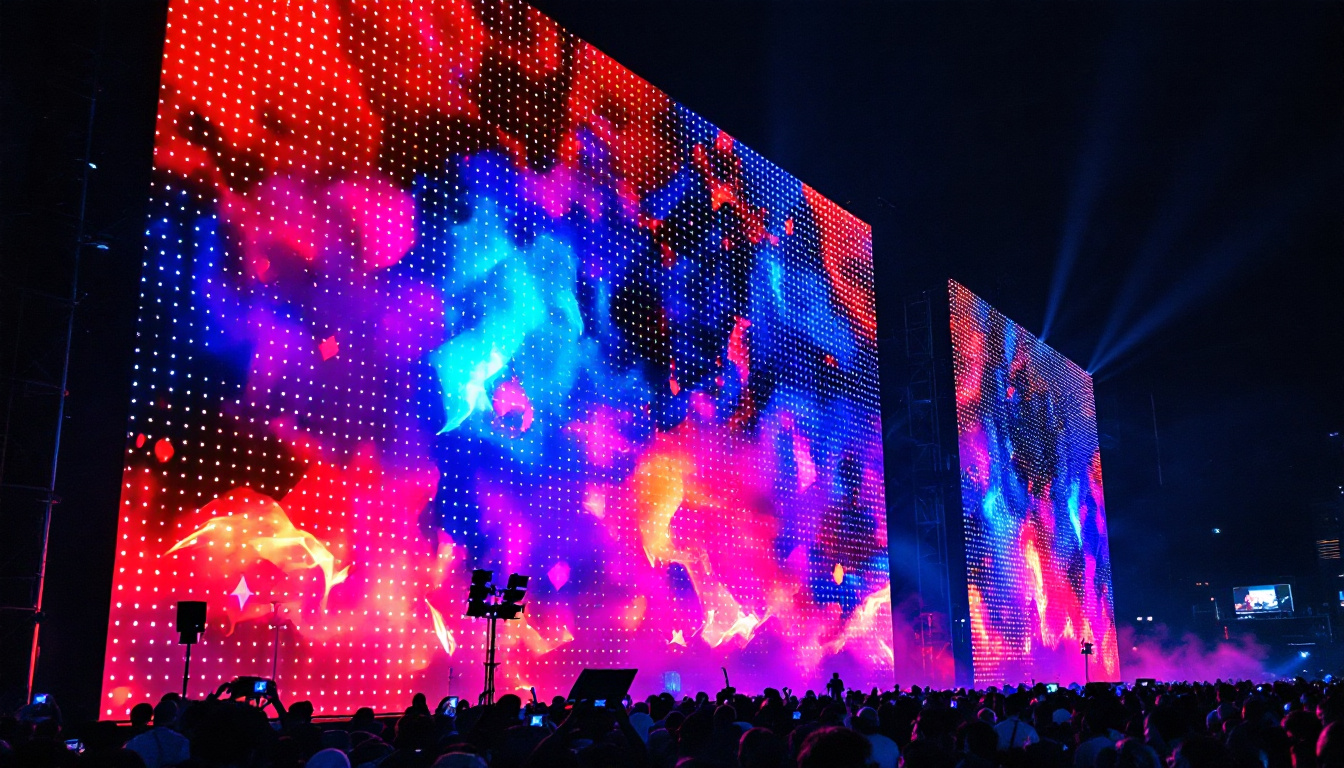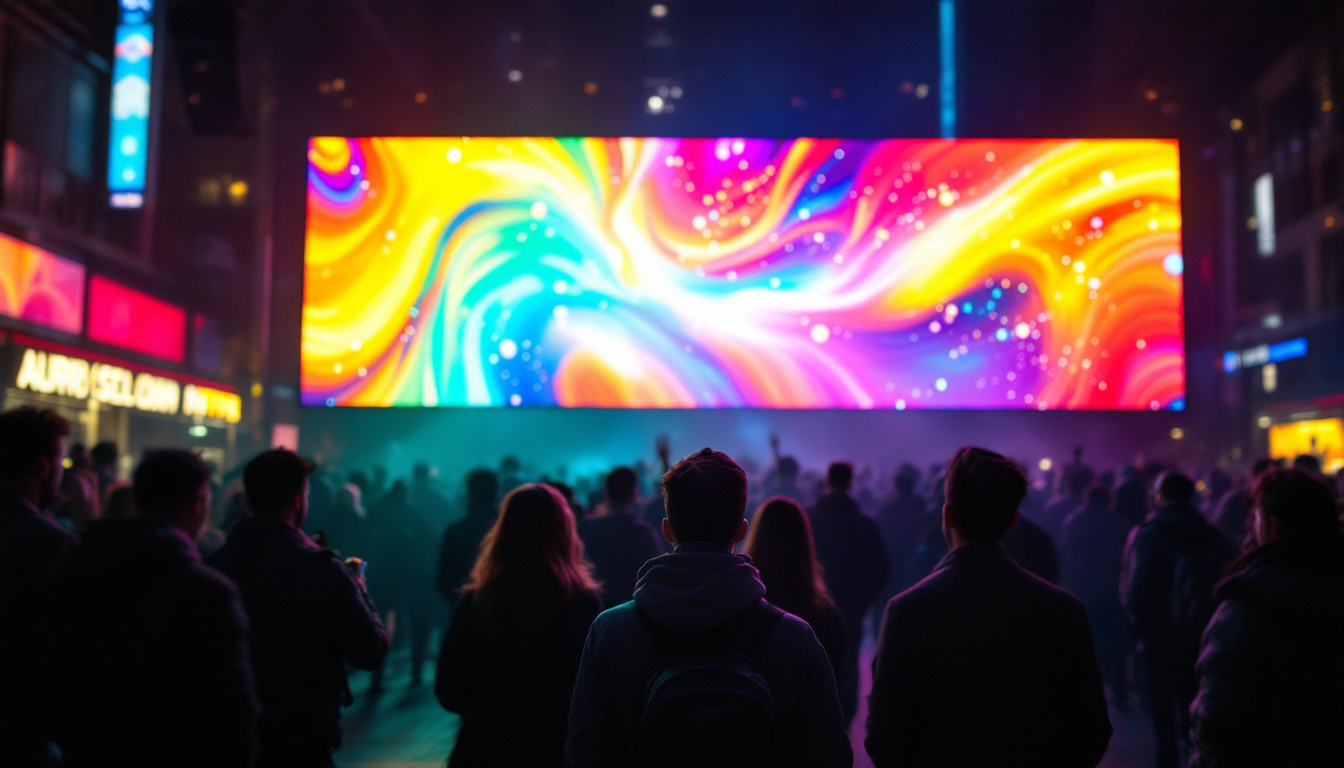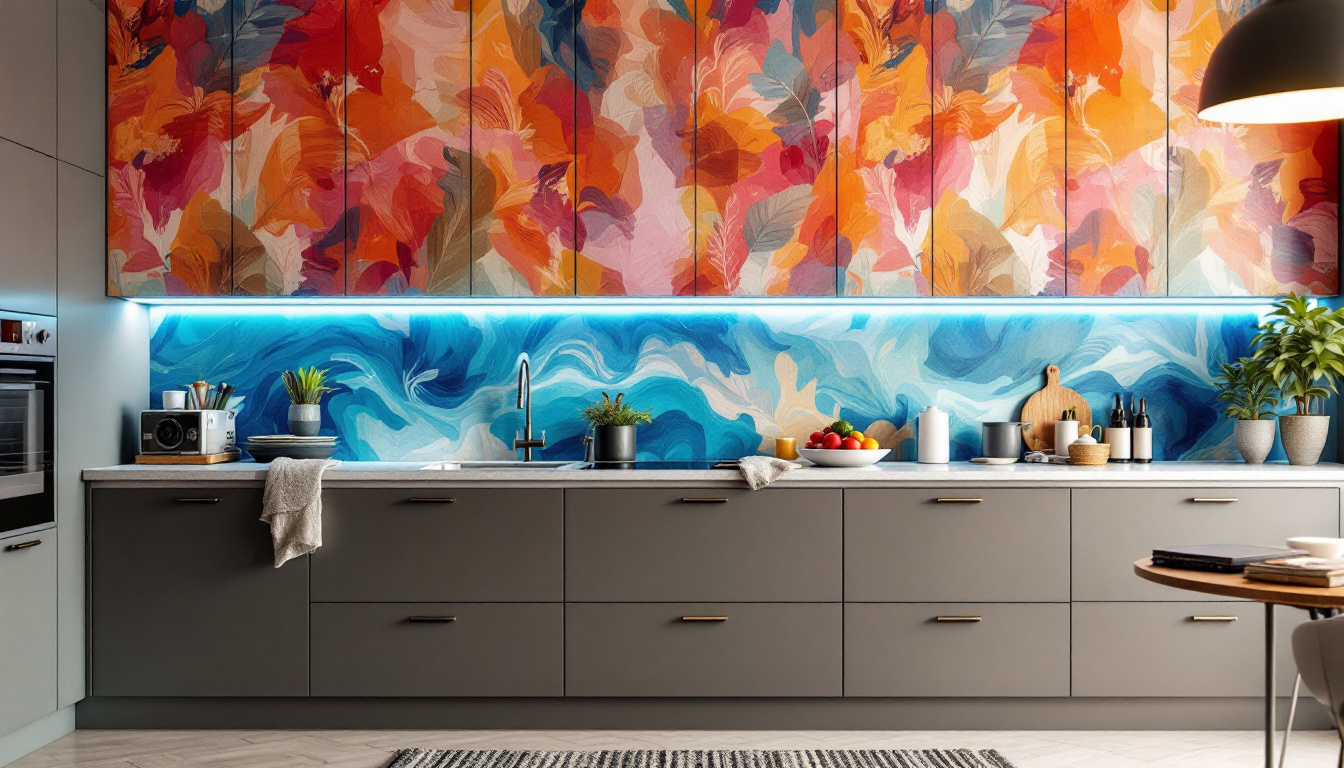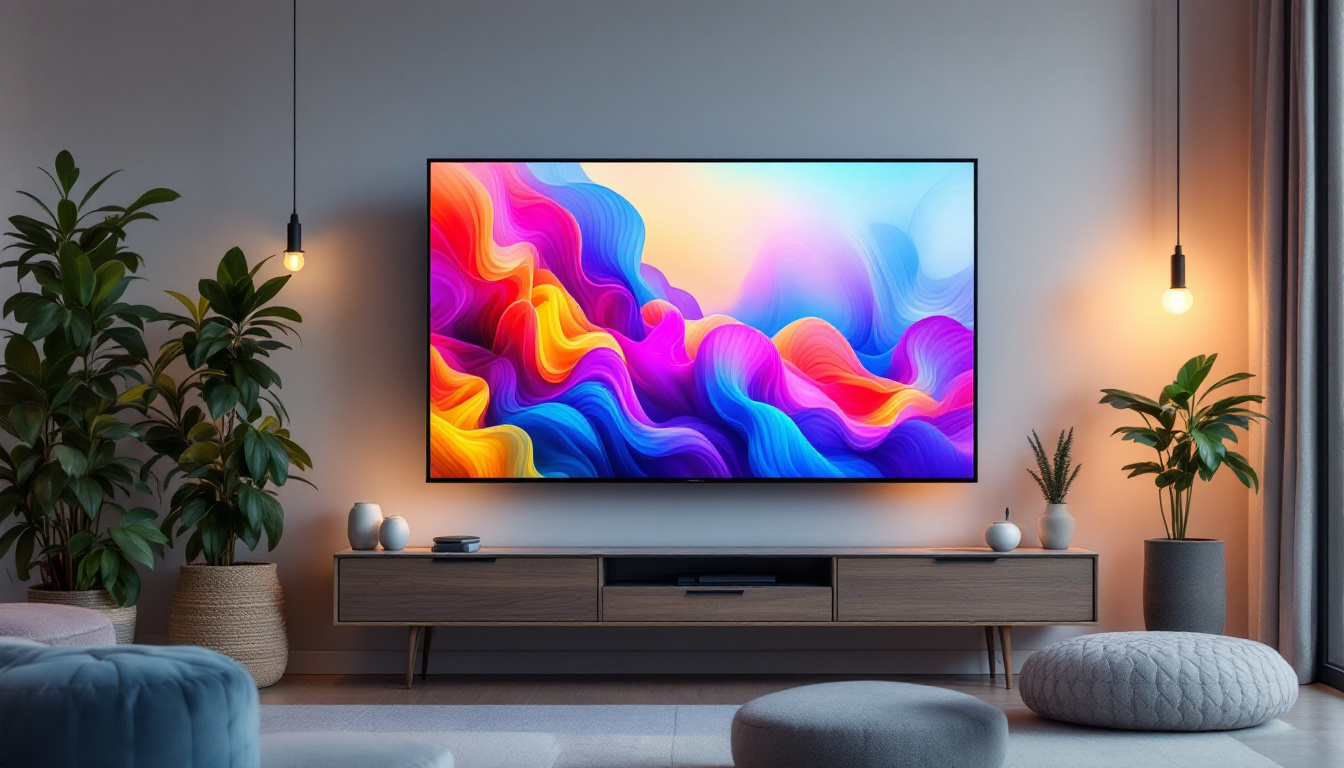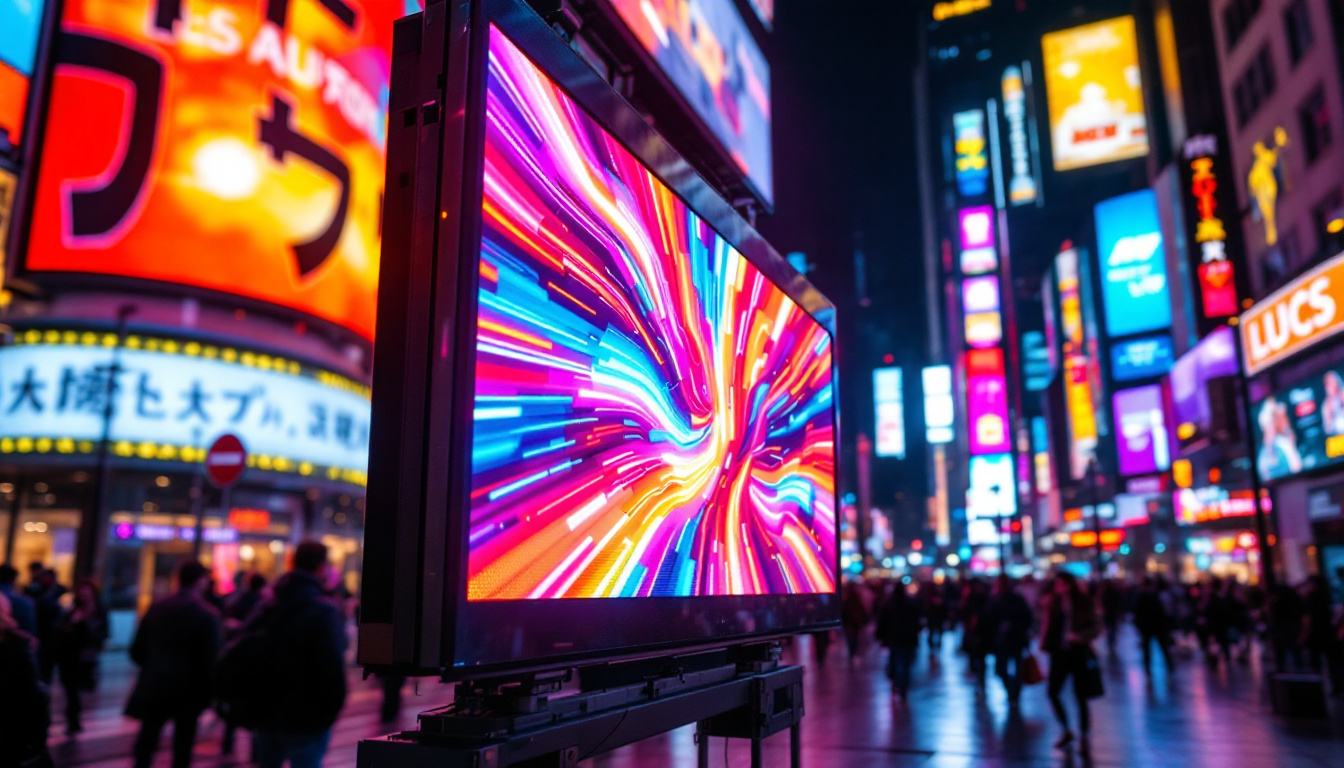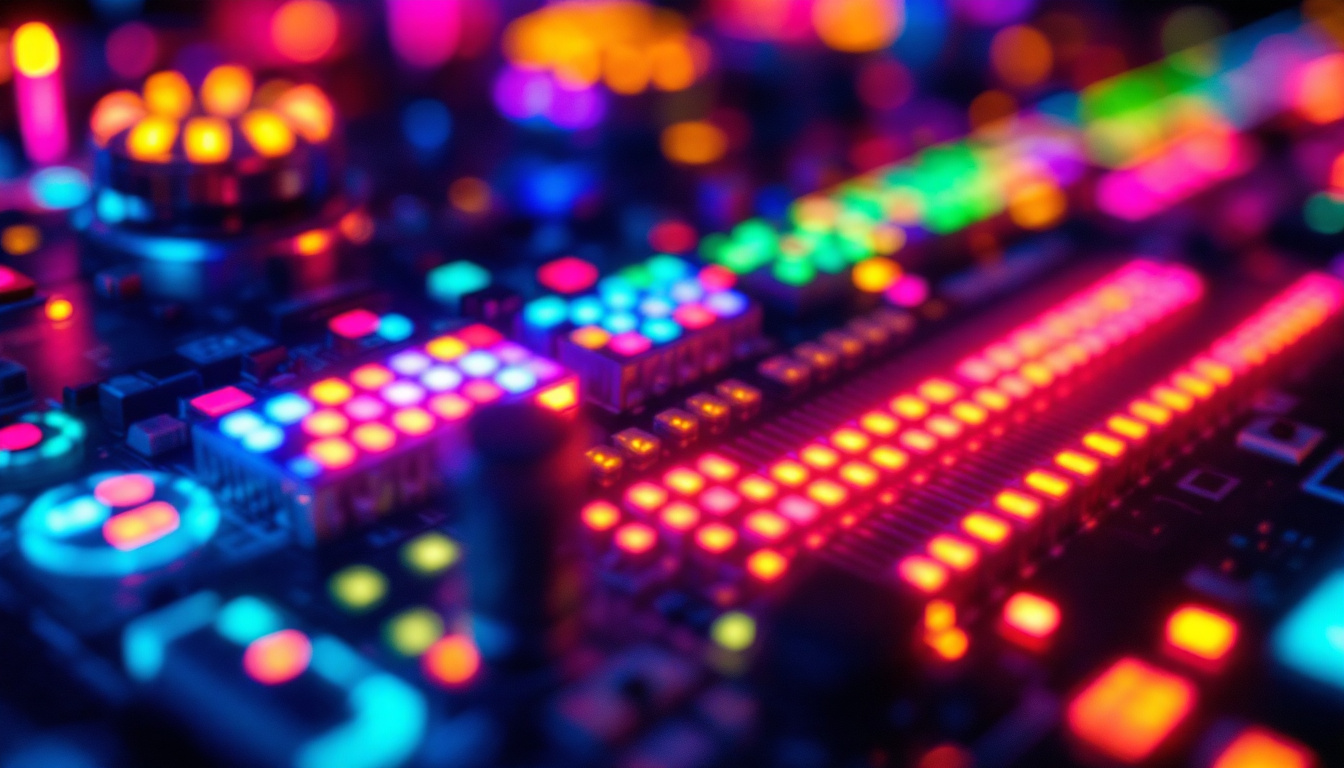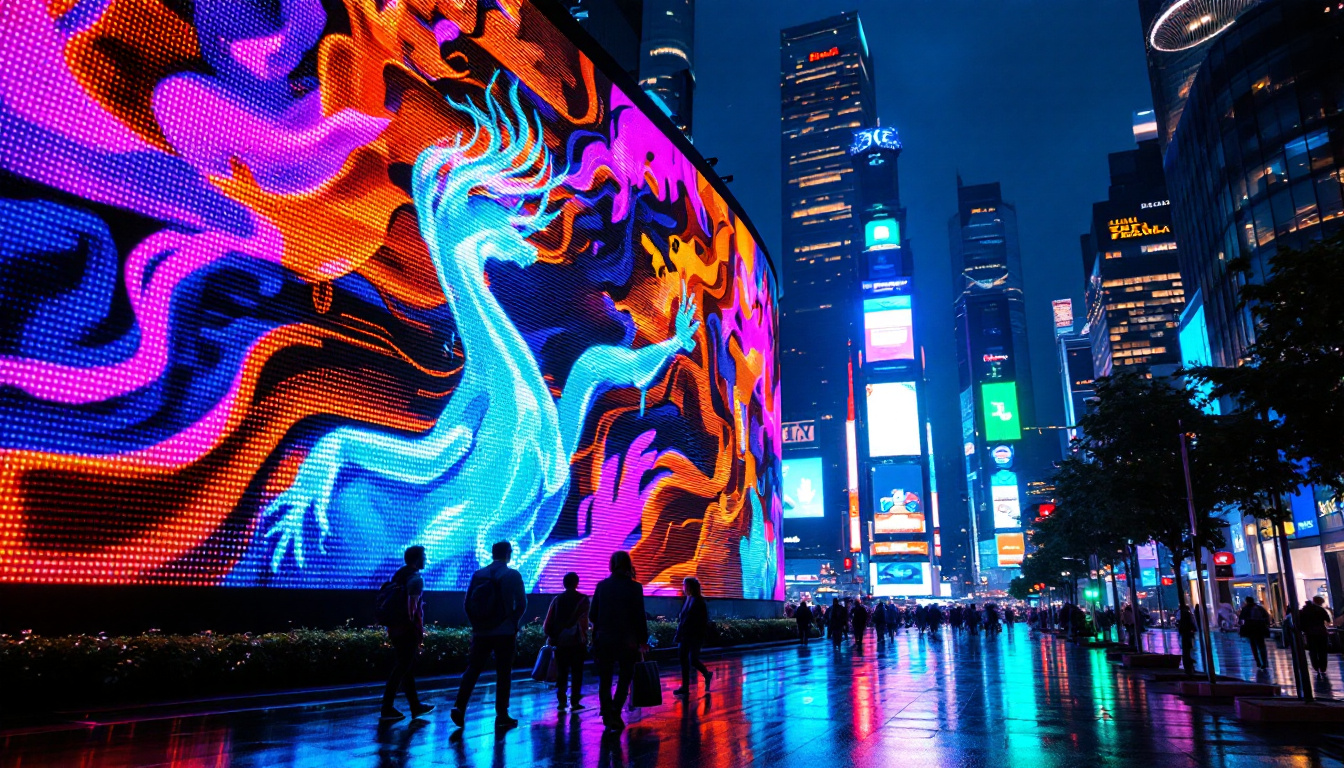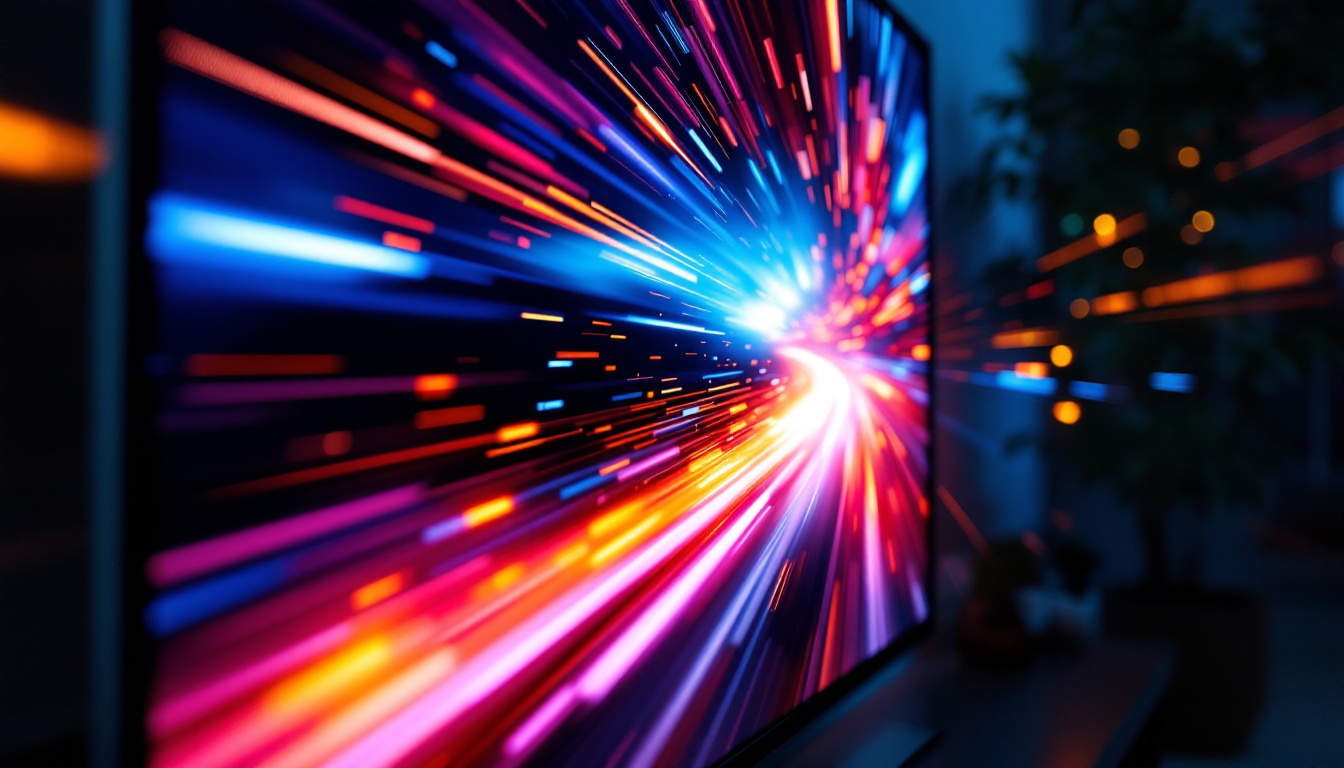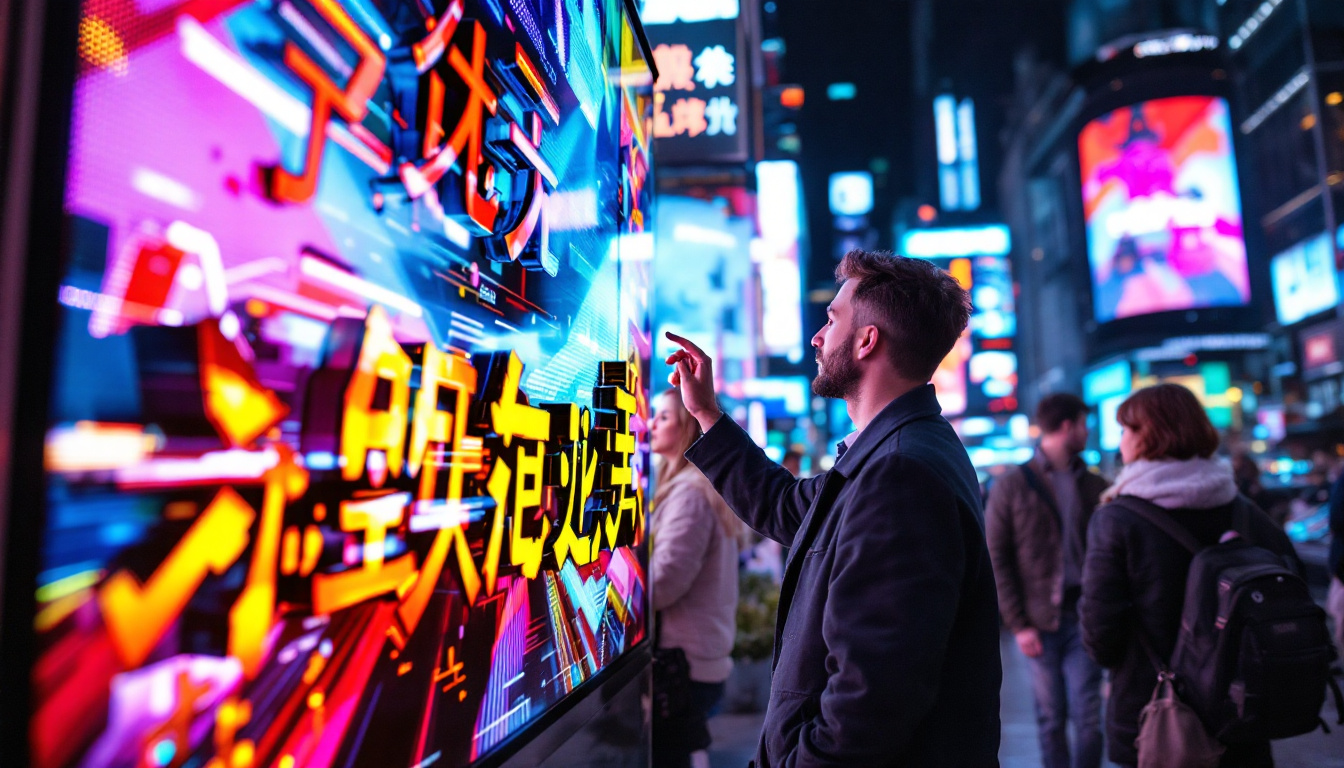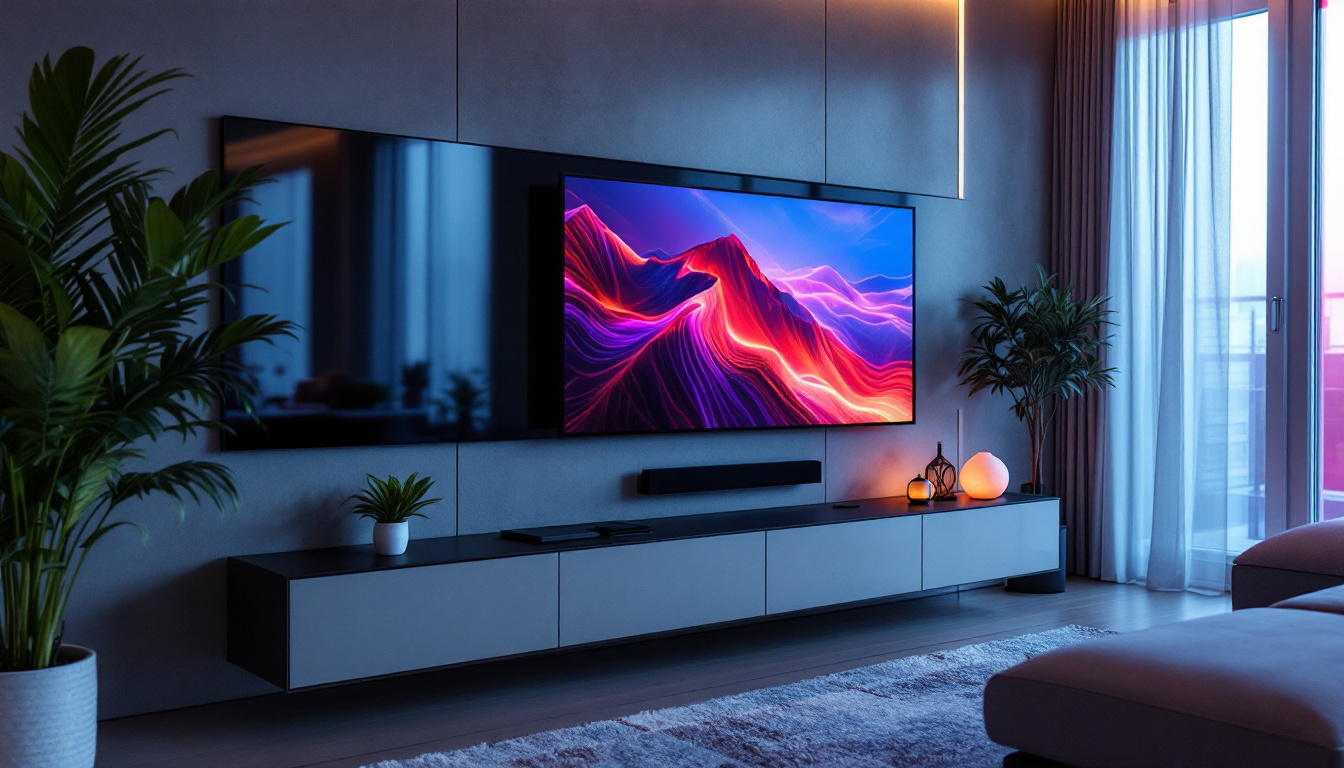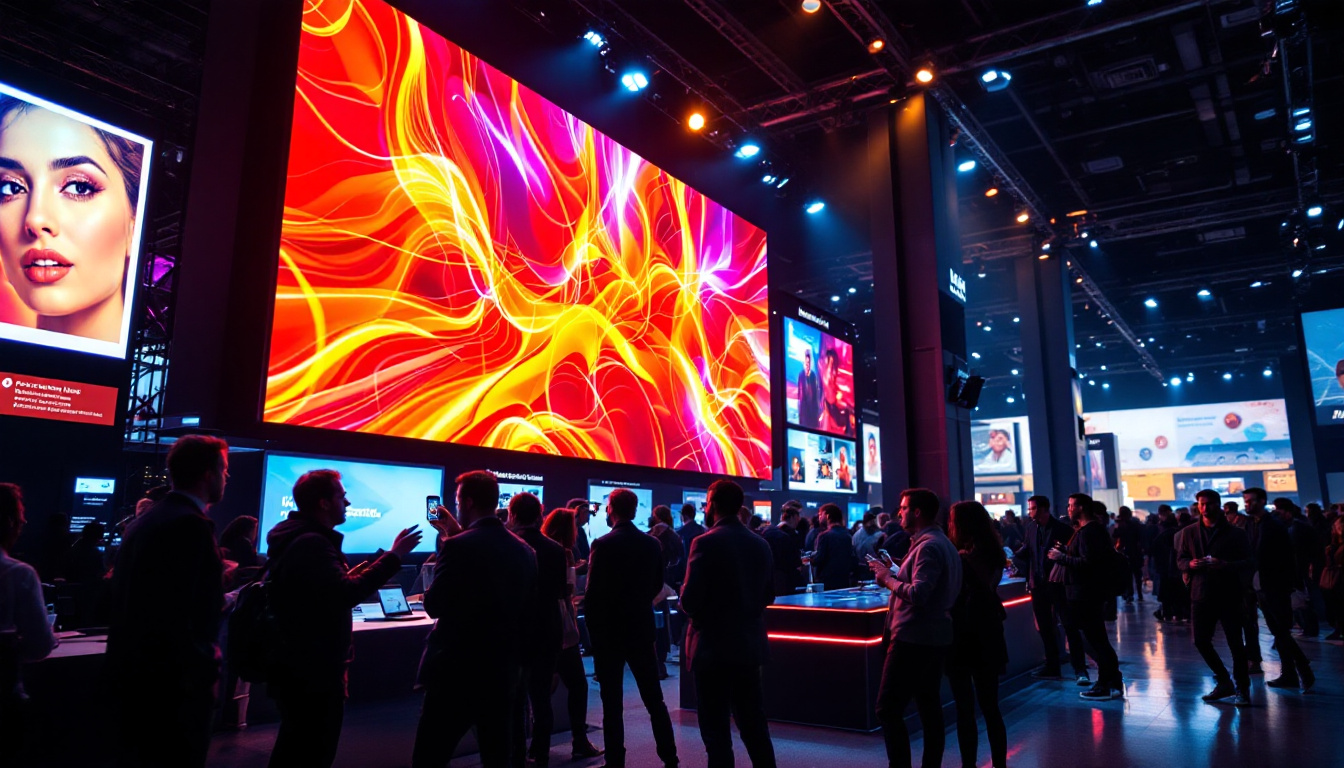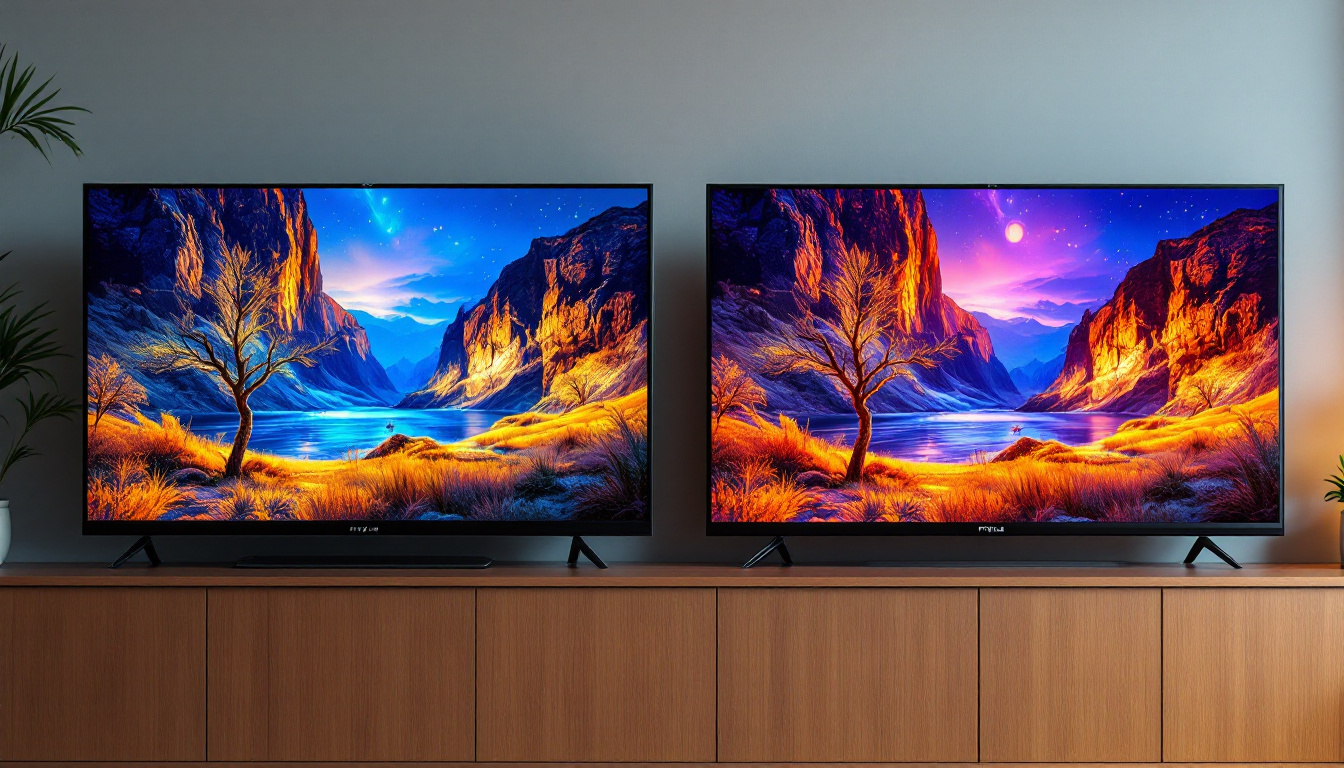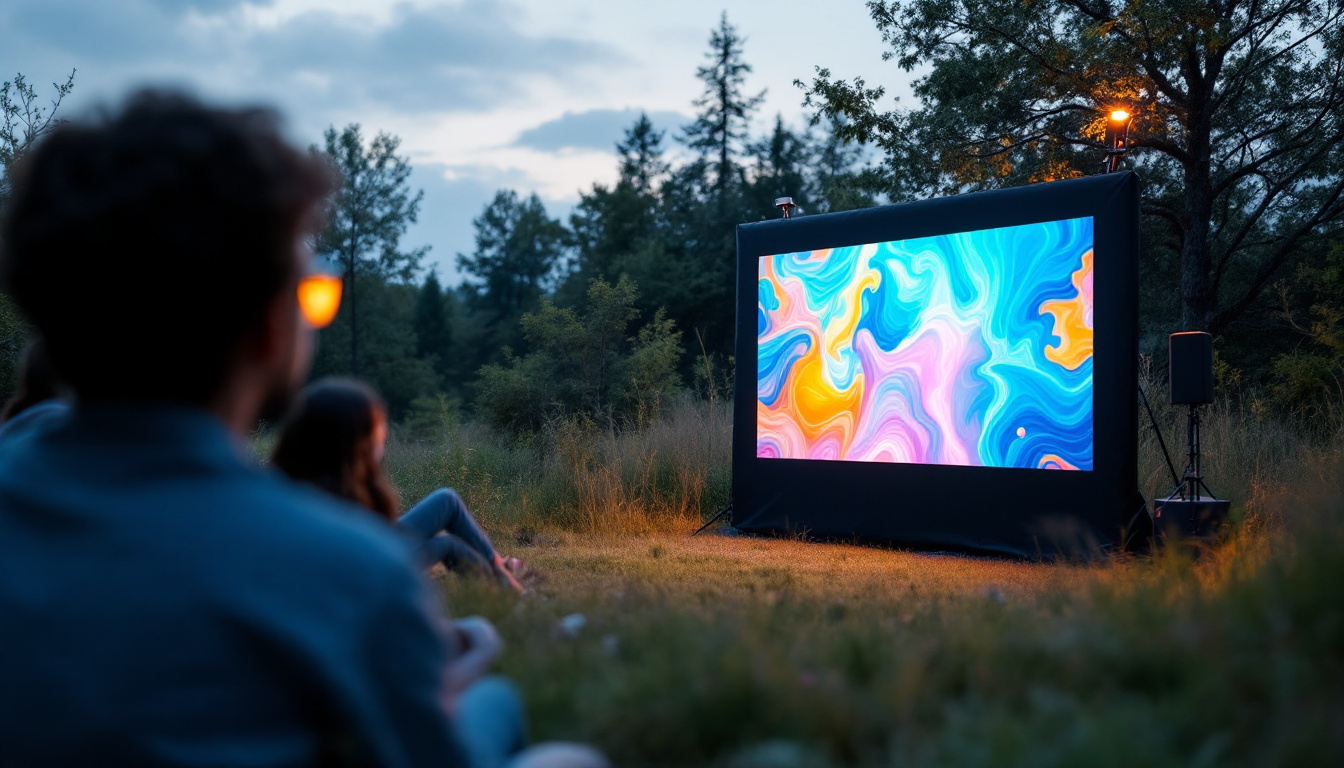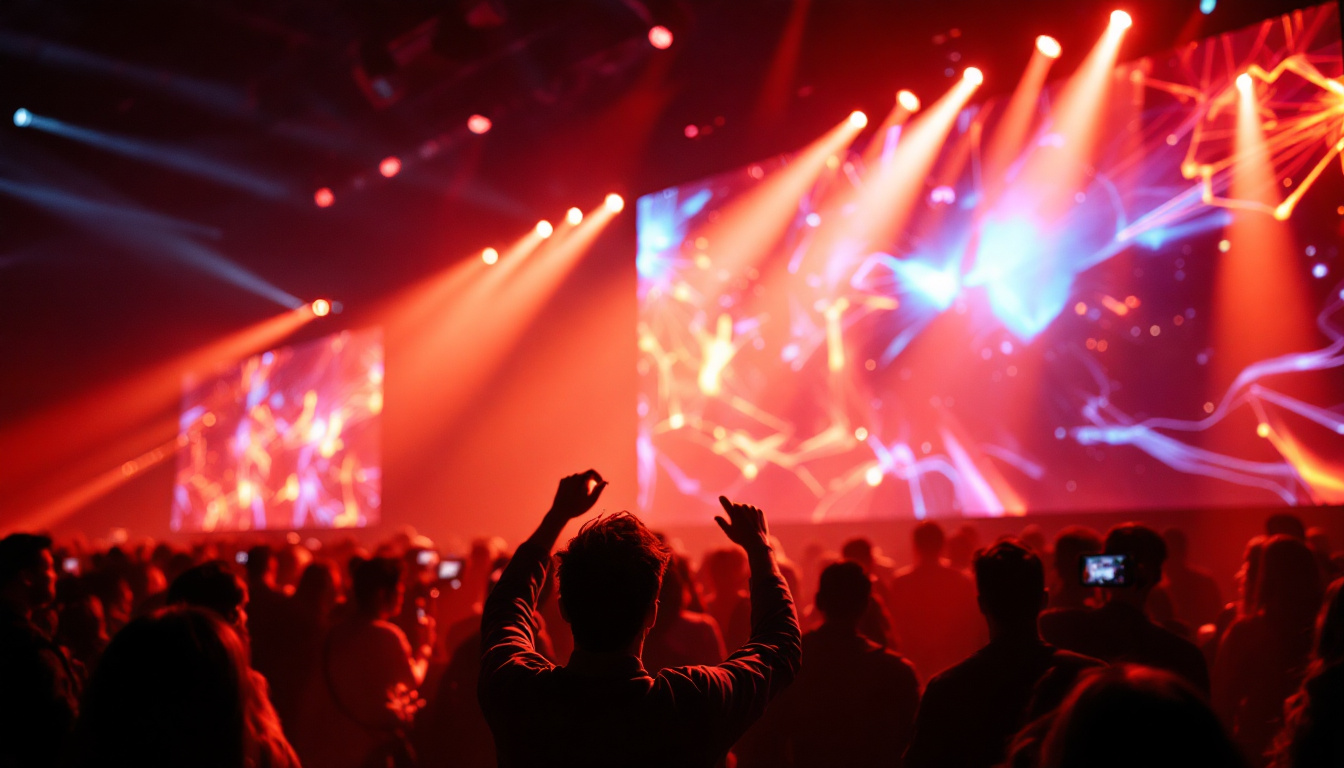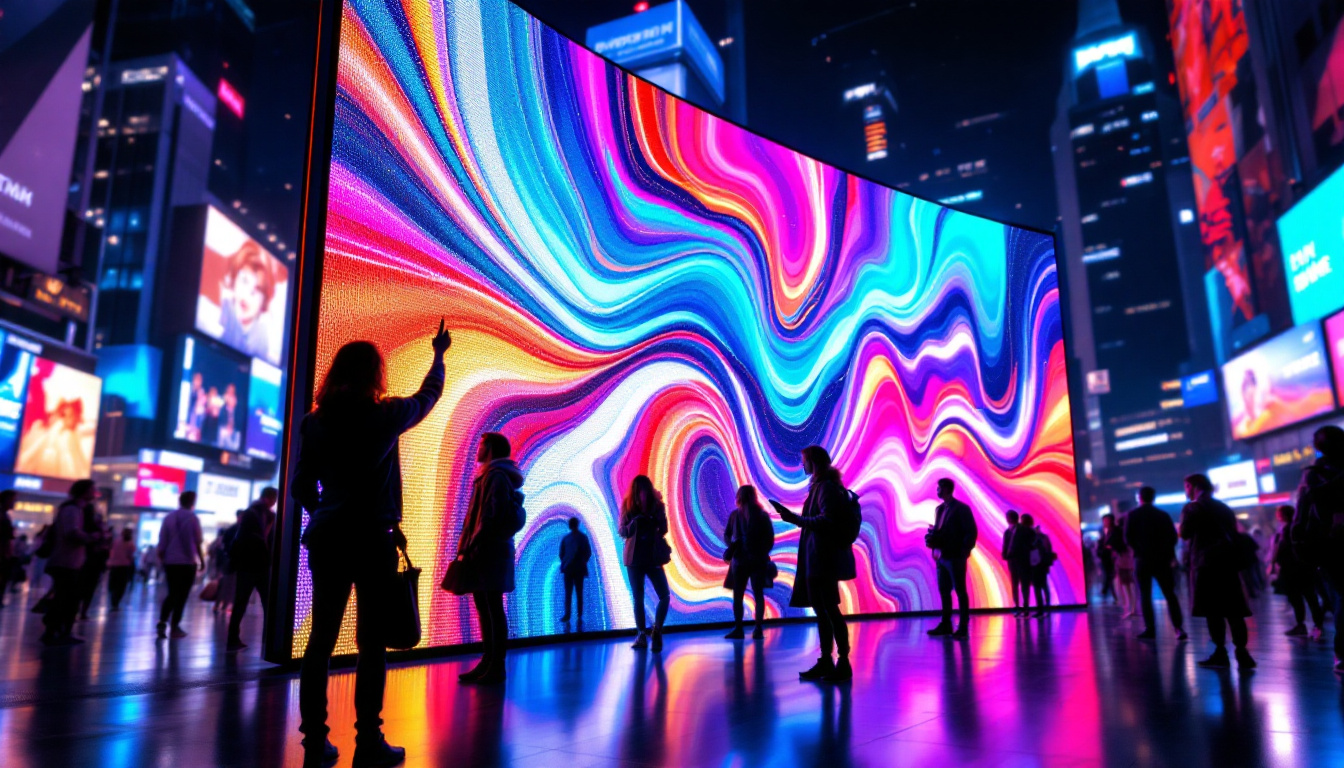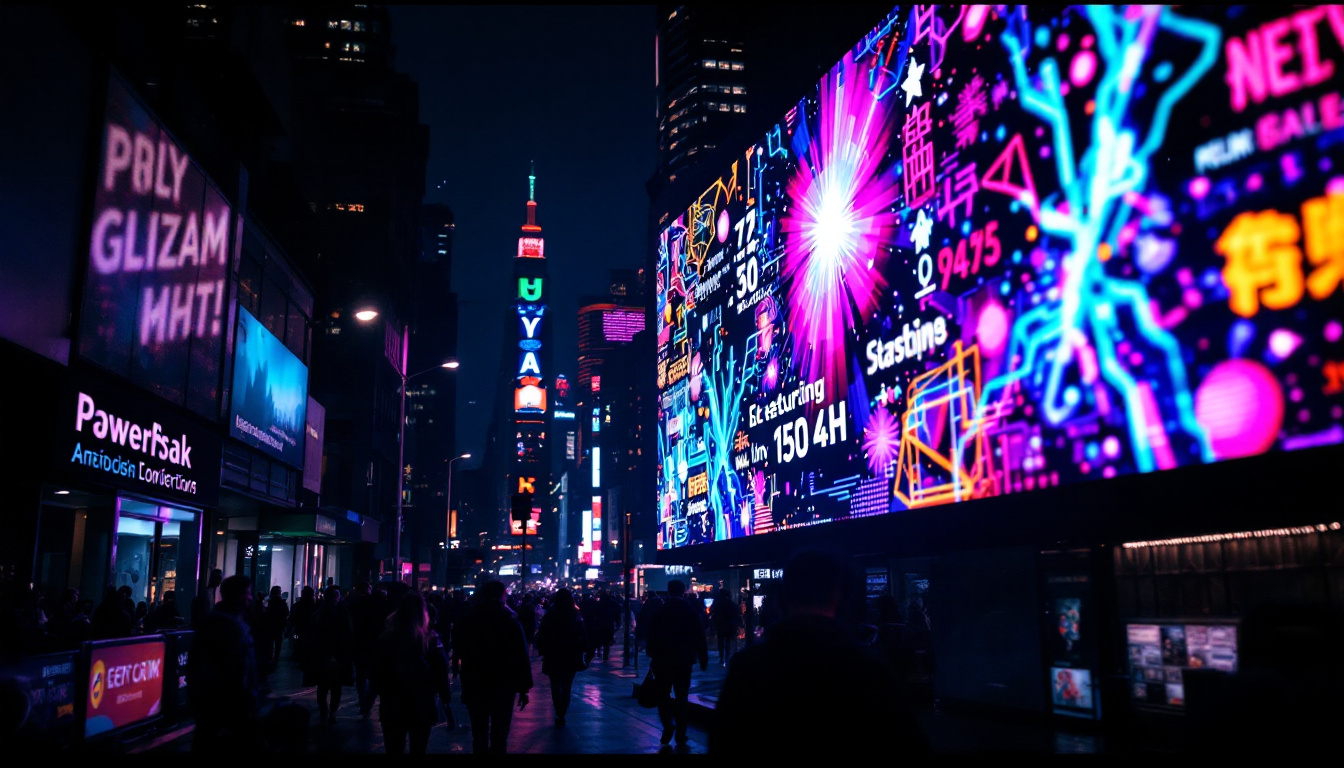In the world of visual technology, LED displays have revolutionized the way we experience images and videos. From large outdoor billboards to small handheld devices, the versatility and efficiency of LED technology have made it a staple in various applications. This article will explore the intricacies of LED displays, focusing on key concepts such as pitch, pixel density, and the overall impact of these technologies in different environments.
Understanding LED Technology
Light Emitting Diodes (LEDs) are semiconductor devices that emit light when an electric current passes through them. This technology has evolved significantly over the years, leading to the development of LED displays that are used in a myriad of applications. The fundamental principle behind LED displays is their ability to produce bright, vibrant images with low power consumption, making them an ideal choice for both indoor and outdoor settings.
The Basics of LED Displays
At their core, LED displays consist of numerous individual LEDs arranged in a grid pattern. Each LED represents a pixel, which can emit various colors depending on the input signal. By combining red, green, and blue (RGB) light from these LEDs, a full spectrum of colors can be created, allowing for the display of complex images and videos.
The arrangement and configuration of these LEDs determine the overall quality and performance of the display. Understanding the relationship between pitch and pixel density is crucial for evaluating the effectiveness of an LED display.
Types of LED Displays
There are several types of LED displays available on the market today, each designed for specific applications. The most common types include:
- Direct View LED Displays: These displays are made up of individual LEDs that are directly viewable, often used in large outdoor screens and digital billboards.
- LED Backlit Displays: These displays use LEDs to illuminate an LCD panel from behind, providing enhanced brightness and color accuracy.
- Organic LED Displays (OLED): Utilizing organic compounds, these displays offer superior color reproduction and contrast ratios, making them popular for high-end televisions and smartphones.
Decoding Pitch and Pixel Density
When discussing LED displays, two critical terms often arise: pitch and pixel density. Understanding these concepts is essential for anyone looking to invest in or utilize LED technology.
What is Pixel Pitch?
Pixel pitch refers to the distance between the center of one pixel to the center of the adjacent pixel, typically measured in millimeters. A smaller pixel pitch indicates a higher pixel density, which translates to a sharper and more detailed image. Conversely, a larger pixel pitch results in lower pixel density, which may lead to a grainy or less defined image when viewed up close.
For example, a display with a pixel pitch of 2.5mm will have more pixels packed into the same area compared to a display with a pixel pitch of 10mm. This difference becomes particularly important in applications where viewers are positioned close to the screen, such as in retail environments or control rooms.
Pixel Density Explained
Pixel density is often expressed in pixels per square meter (PPI) and is a crucial factor in determining the visual quality of an LED display. Higher pixel density allows for more detail and clarity in images, making it ideal for applications where high-resolution content is essential.
In contrast, lower pixel density may suffice for displays viewed from a distance, such as outdoor billboards or large venue screens. Understanding the intended viewing distance and application is vital when selecting the appropriate pixel density for an LED display.
Applications of LED Displays
LED displays are utilized across various industries, each benefiting from the unique attributes of this technology. Here are some prominent applications:
Advertising and Marketing
One of the most significant uses of LED displays is in advertising and marketing. Digital billboards and signage have become ubiquitous in urban environments, providing businesses with dynamic platforms to showcase their products and services. The ability to change content in real-time allows for targeted advertising and promotions, making LED displays an effective marketing tool.
Moreover, the brightness and vibrancy of LED displays ensure that advertisements capture attention, even in direct sunlight. This capability is particularly advantageous for outdoor advertising, where visibility is paramount.
Entertainment and Events
In the entertainment industry, LED displays play a crucial role in enhancing audience experiences. Concerts, sporting events, and theatrical performances often incorporate large LED screens to display visuals, live feeds, and graphics. These displays contribute to the overall atmosphere and engagement of the audience, making events more memorable.
Additionally, LED technology has enabled the creation of impressive visual effects, such as immersive environments and interactive installations, further pushing the boundaries of creativity in entertainment.
Corporate and Control Rooms
Corporate environments and control rooms also benefit significantly from LED displays. In these settings, large video walls made up of multiple LED panels can present critical data, surveillance feeds, and performance metrics in real-time. This capability enhances decision-making processes and situational awareness, particularly in industries such as security, transportation, and logistics.
The flexibility of LED displays allows for customized layouts and configurations, enabling organizations to tailor their visual solutions to meet specific operational needs.
Advantages of LED Displays
The popularity of LED displays can be attributed to several key advantages that set them apart from traditional display technologies. These benefits include:
Energy Efficiency
LED displays are known for their energy efficiency, consuming significantly less power compared to traditional LCD or plasma displays. This efficiency not only reduces operational costs but also contributes to a smaller carbon footprint, making LED technology an environmentally friendly choice.
With advancements in technology, newer LED displays have become even more energy-efficient, allowing for brighter images without a corresponding increase in power consumption.
Longevity and Durability
Another significant advantage of LED displays is their longevity. LED technology is designed to withstand harsh environmental conditions, making them suitable for both indoor and outdoor applications. Unlike traditional displays, which may suffer from burn-in or degradation over time, LED displays maintain their performance and brightness for extended periods.
This durability translates to lower maintenance costs and longer replacement cycles, making LED displays a cost-effective investment in the long run.
High Brightness and Contrast
LED displays are capable of achieving high brightness levels, making them ideal for environments with varying lighting conditions. Whether in direct sunlight or dimly lit rooms, LED displays provide clear and vibrant visuals that enhance the viewing experience.
Additionally, the contrast ratios of LED displays are superior to many traditional display technologies, allowing for deeper blacks and more vivid colors. This capability is particularly beneficial for applications requiring high-quality image reproduction, such as digital signage and entertainment.
Challenges and Considerations
While LED displays offer numerous advantages, there are also challenges and considerations that potential users should be aware of. Understanding these factors can help in making informed decisions regarding LED technology.
Initial Costs
The initial investment for LED displays can be higher compared to traditional display technologies. This cost is often a barrier for smaller businesses or organizations with limited budgets. However, it is essential to consider the long-term benefits, such as reduced energy consumption and maintenance costs, which can offset the initial expenditure over time.
Additionally, as technology advances and production scales up, the prices of LED displays continue to decrease, making them more accessible to a broader audience.
Viewing Angles
Another consideration is the viewing angles of LED displays. While many modern LED displays offer wide viewing angles, some lower-quality models may suffer from color distortion or reduced brightness when viewed from extreme angles. It is crucial to evaluate the intended viewing environment and select displays that provide optimal performance for the specific application.
Testing displays in real-world conditions can help ensure that the chosen technology meets the necessary requirements for visibility and clarity.
The Future of LED Displays
The future of LED displays looks promising, with ongoing advancements in technology and applications. Innovations such as microLED and flexible displays are paving the way for new possibilities in visual technology.
MicroLED Technology
MicroLED technology represents a significant leap forward in display quality and efficiency. By utilizing microscopic LEDs, this technology allows for higher pixel densities and improved color accuracy. MicroLED displays are expected to offer superior performance in terms of brightness, contrast, and energy efficiency, making them a compelling option for future applications.
As microLED technology matures, it may become the standard for high-end displays, particularly in sectors requiring exceptional image quality, such as professional video production and high-resolution gaming.
Flexible and Transparent Displays
Flexible and transparent LED displays are also gaining traction, enabling new design possibilities for architects and designers. These displays can be integrated into various surfaces, allowing for creative applications in retail, advertising, and interior design.
The ability to create curved or uniquely shaped displays opens up exciting opportunities for immersive experiences and interactive installations, pushing the boundaries of traditional display technology.
Conclusion
LED displays have transformed the way we interact with visual content, offering unparalleled advantages in brightness, energy efficiency, and durability. Understanding key concepts such as pixel pitch and pixel density is essential for selecting the right display for specific applications. As technology continues to advance, LED displays will undoubtedly play a pivotal role in shaping the future of visual communication across various industries.
Whether in advertising, entertainment, or corporate environments, the impact of LED technology is profound and far-reaching. Embracing this technology not only enhances visual experiences but also contributes to a more sustainable and efficient future.
Discover LumenMatrix LED Display Solutions
Ready to elevate your visual experience with the latest in LED display technology? Look no further than LumenMatrix, where innovation meets excellence. Our diverse range of LED display solutions, from the vibrant Indoor LED Wall Display to the dynamic Outdoor LED Wall Display, and from the versatile Vehicle LED Display to the sleek LED Poster Display, is designed to captivate and engage your audience. Embrace the future of visual communication with LumenMatrix’s LED Sports Display, Floor LED Display, Custom LED Display, All-in-One LED Display, and LED Transparent Display. Experience the difference that cutting-edge technology can make for your brand. Check out LumenMatrix LED Display Solutions today and transform your message into a visual masterpiece.

